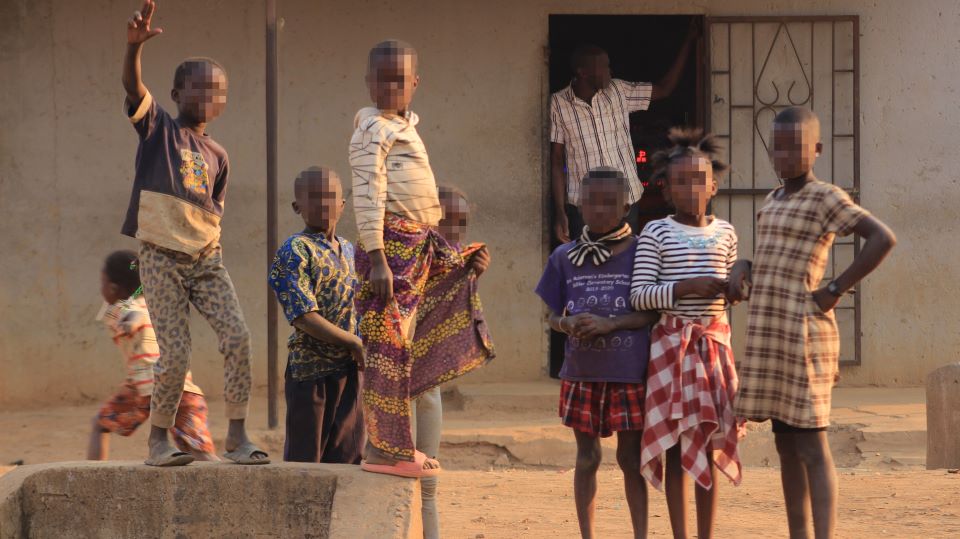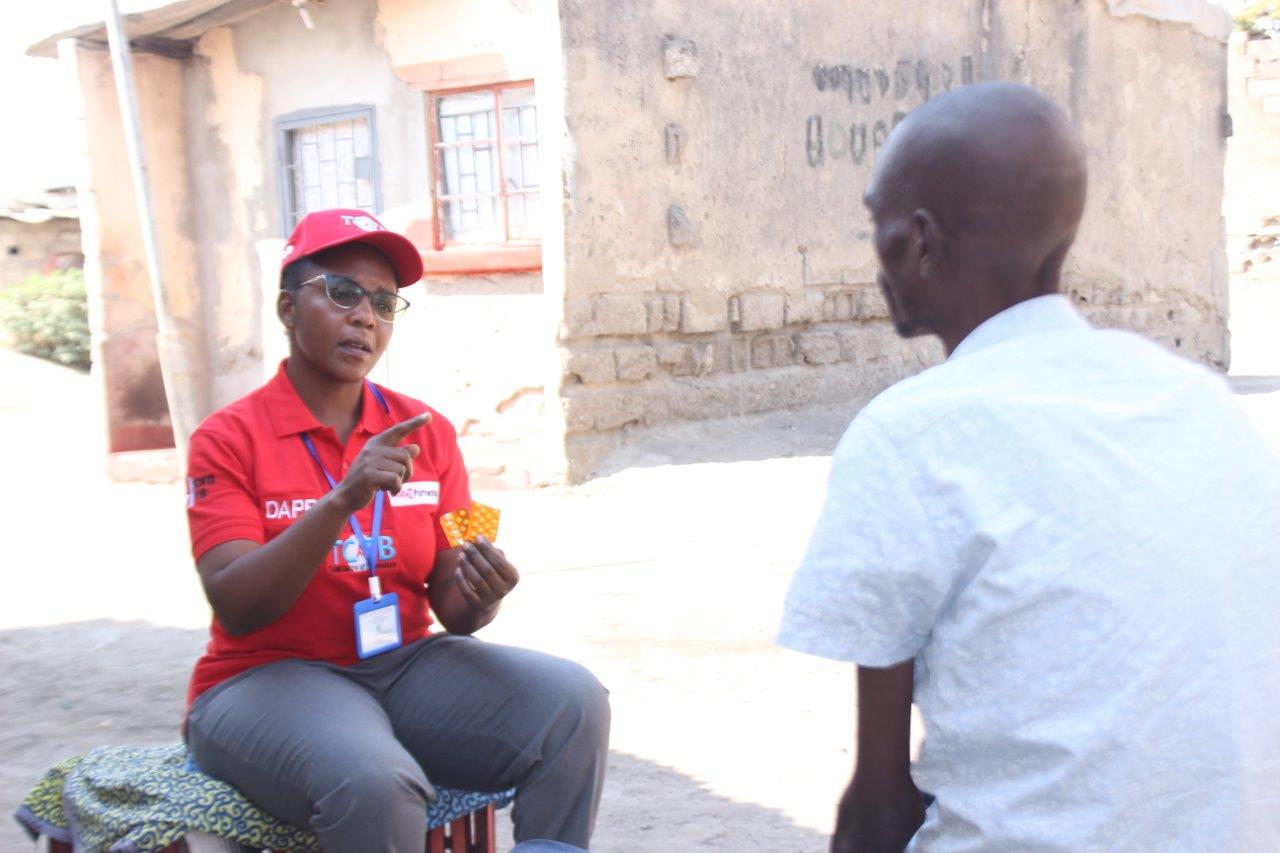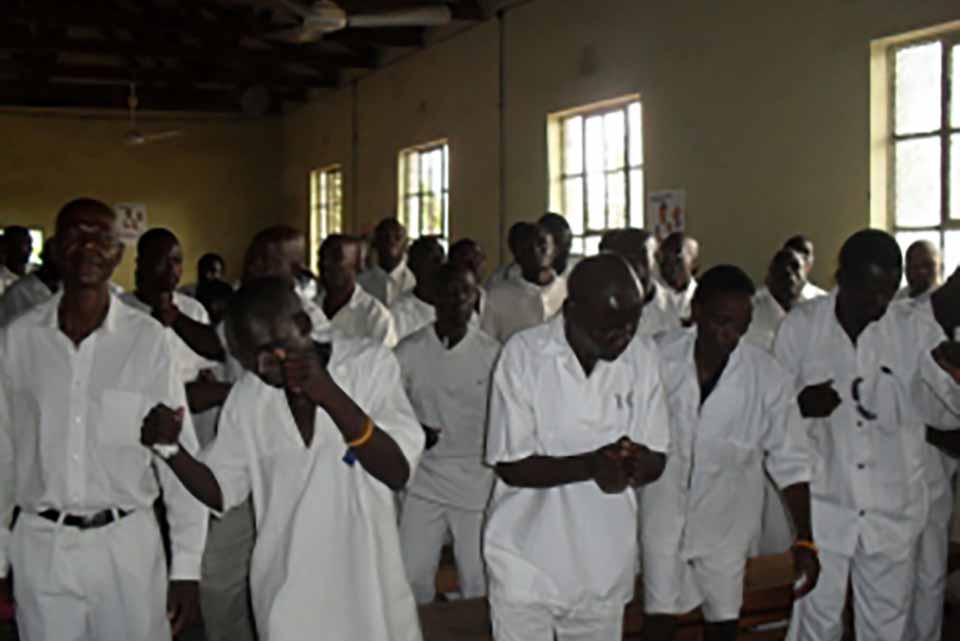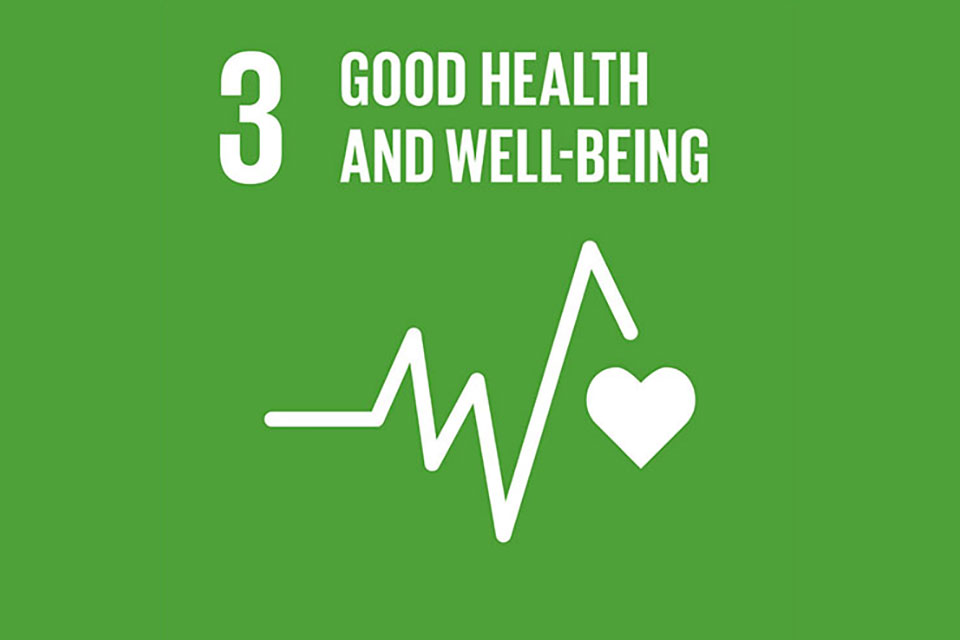 As the world marked the International Lead Poisoning Prevention Week 2025 between 19 and 25 October 2025, we continue reflecting on the ongoing challenge of lead contamination — and the determined community action working to protect children from its harmful effects.
As the world marked the International Lead Poisoning Prevention Week 2025 between 19 and 25 October 2025, we continue reflecting on the ongoing challenge of lead contamination — and the determined community action working to protect children from its harmful effects.
The United Nations International Children's Emergency Fund (UNICEF) estimates that nearly a third of the world’s children – up to 800 million – are affected by lead poisoning.
Lead poisoning is silent but devastating. The World Health Organisation warns that lead can damages the brain, nervous system and vital organs,exposing children to learning difficulties, physical retardation and behavioural problems.
In Zambia, particularly Kabwe, the once-thriving lead and zinc mines left behind a toxic legacy — soil and dust contaminated with high levels of lead, which continues to pose serious health risks to residents, particularly children.
“My 10-year-old daughter loves school, but she is really struggling to read and write. When I ask her what the teacher taught at school, she can hardly recall. She easily forgets. When DAPP officers, working with Kasanda clinic came around mobilising for lead testing, they found three of my six children had elevated lead levels in their blood,” explains Monica Mwila of Magandanyama Compound, one of the lead contamination hotspots in Kabwe.
Through the Child Aid Kabwe Project, DAPP Zambia has been working hand in hand with local communities to reduce exposure to lead, raise awareness, and build the foundations for a cleaner and healthier environment.
At the centre of the project’s activities, the children of Kabwe represent both the daily survivors of past pollution and the leaders of a cleaner, safer future.
“We conduct community sensitisation sessions to help families understand the dangers of lead exposure and practical ways to reduce risk at household level. We have been encouraging households to reduce dust through the planting of trees and grass to trap the dust, regular cleaning and pouring water when sweeping to bind contaminated soil. Most importantly, we encourage parents to keep children away from lead contaminated dust,” added Jane Kaputa, Project Leader.
By working through community structures — including health volunteers, teachers and youth groups — Child Aid Kabwe continues to strengthen local capacity to identify risks, promote prevention and demand accountability for environmental clean-up.
For Monica and her children, they face the reality of lead exposure every day. However, the knowledge of the dangers of lead exposure has helped improve her awareness about the silent, yet dangerous enemy lying beneath their feet.
“I now know that I must make sure my children change their clothes before they go to sleep so that they do not get affected by the dust with lead. I pour water when sweeping my surrounding and I have planted trees and grass to trap dust. I am also happy that my clinic has a Lead machine to test my children when we suspect there is lead poisoning among my children,” added Monica.
By working through community structures — including health volunteers, teachers, and youth groups — Child Aid Kabwe continues to strengthen local capacity to identify risks, promote prevention, and demand accountability for environmental clean-up.


